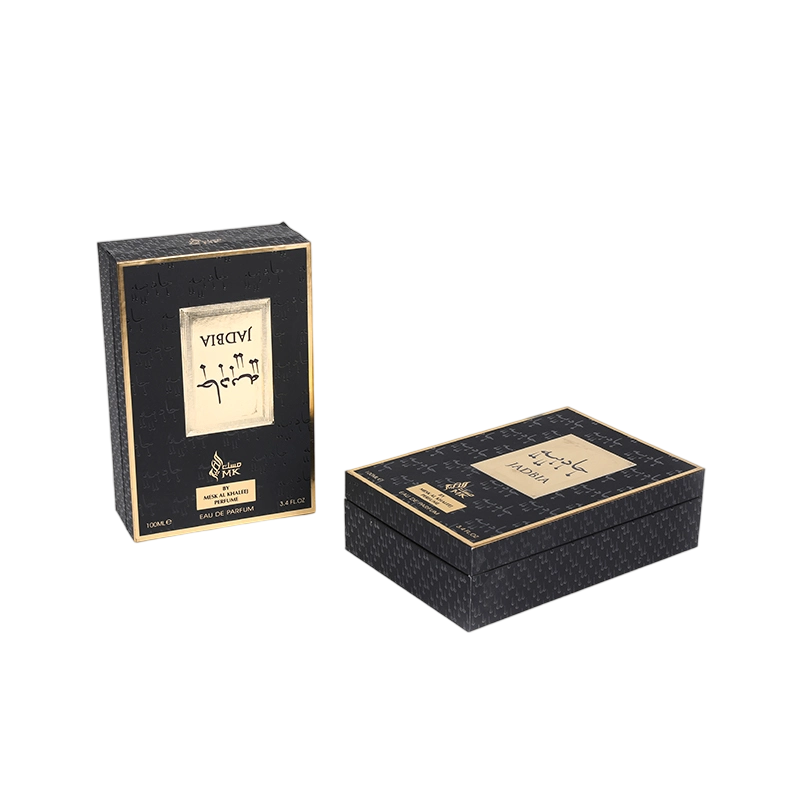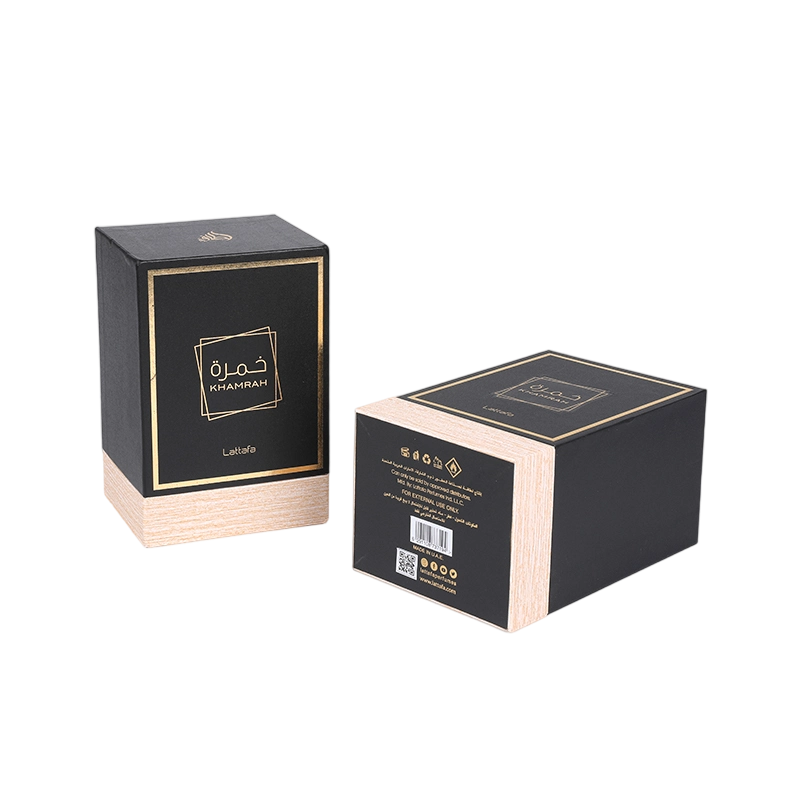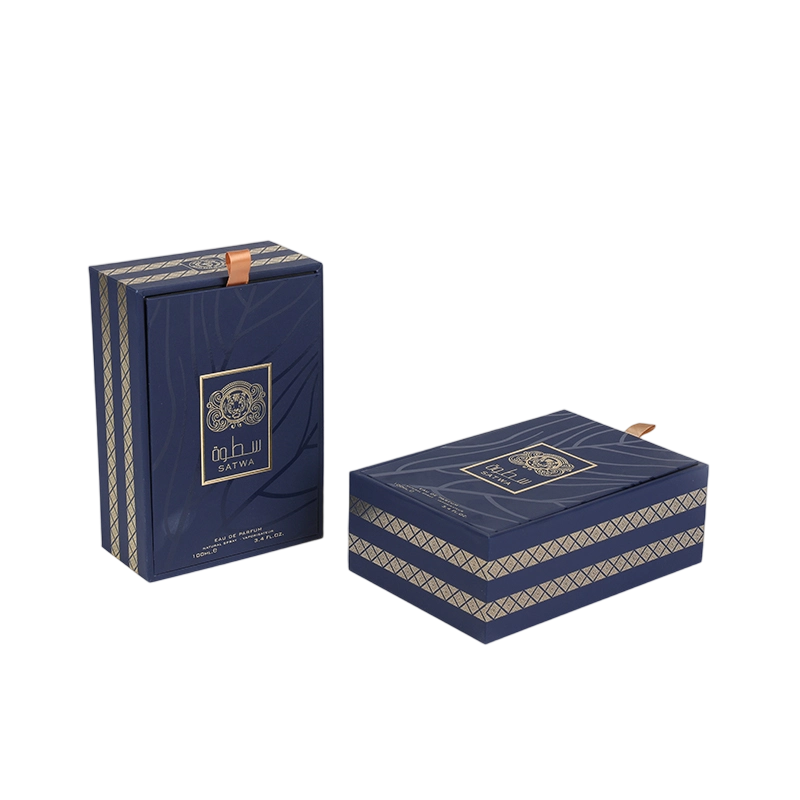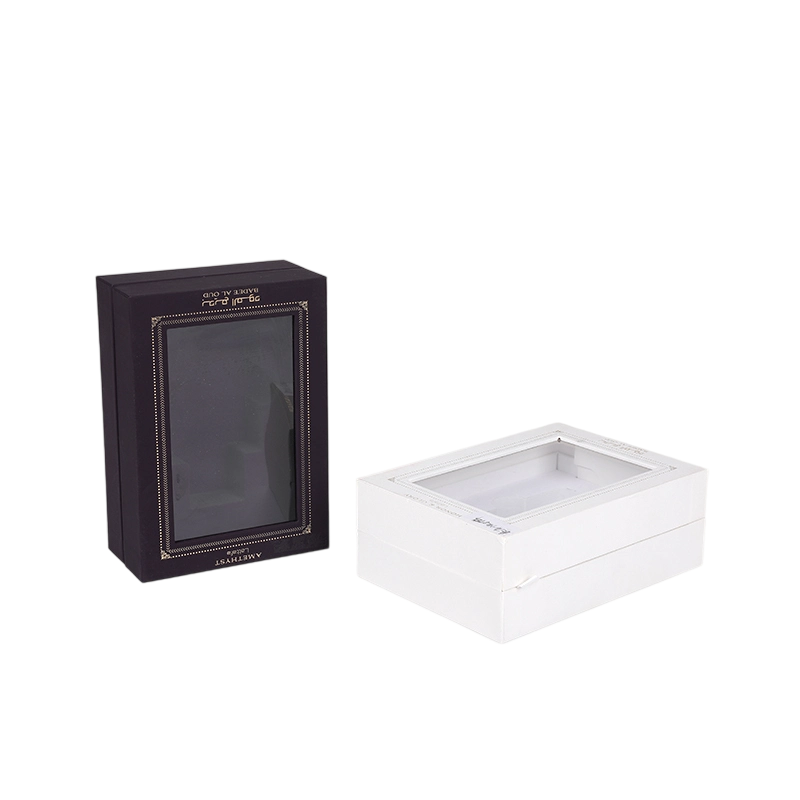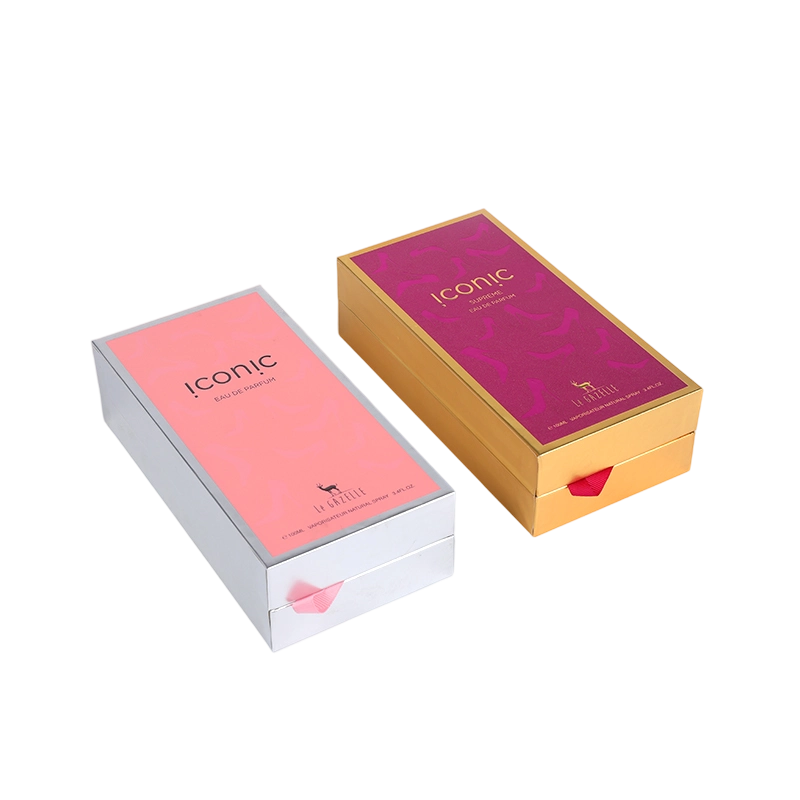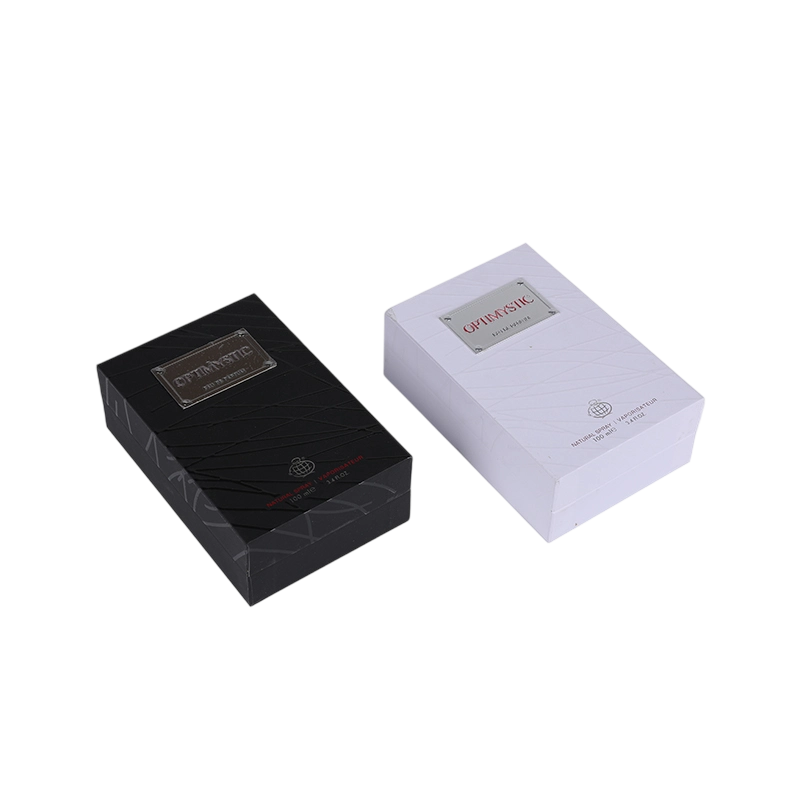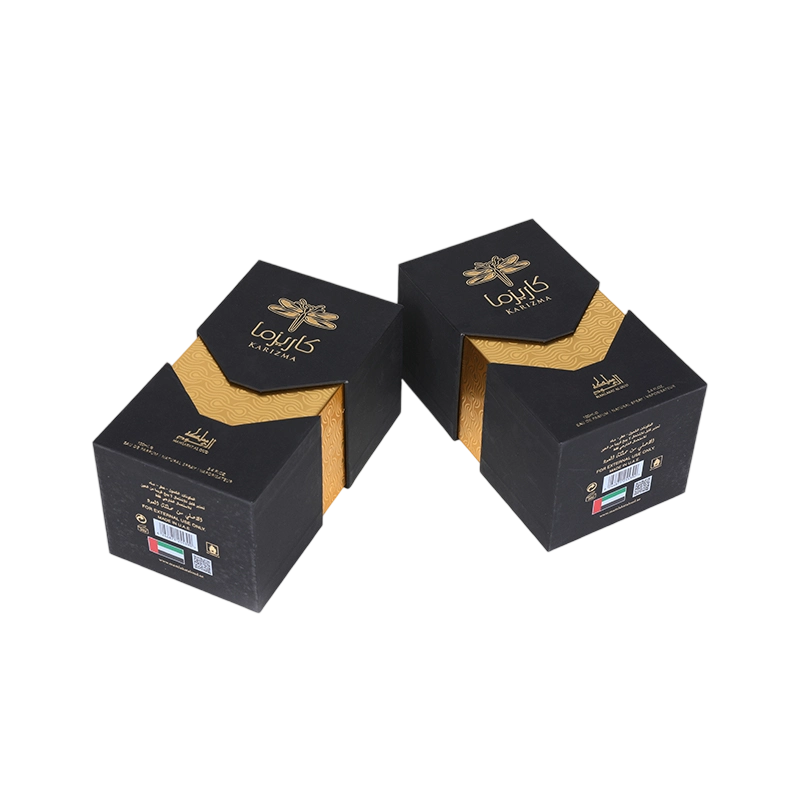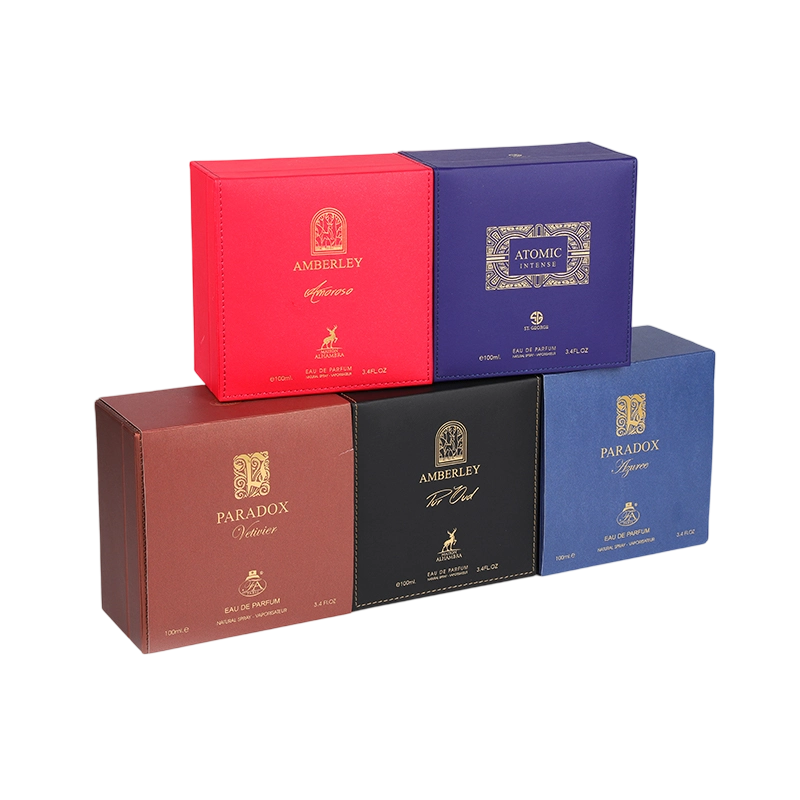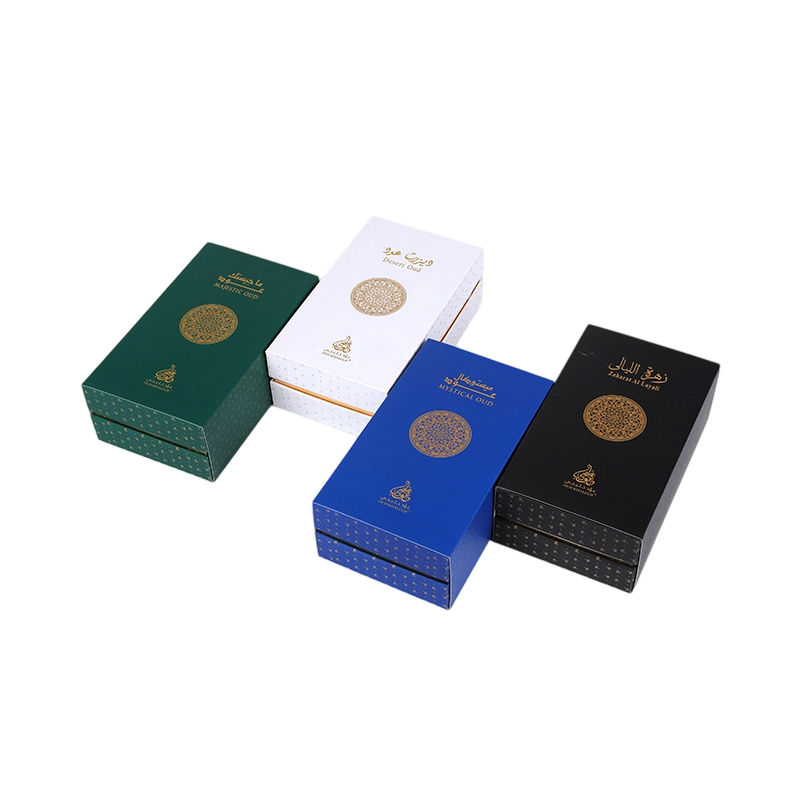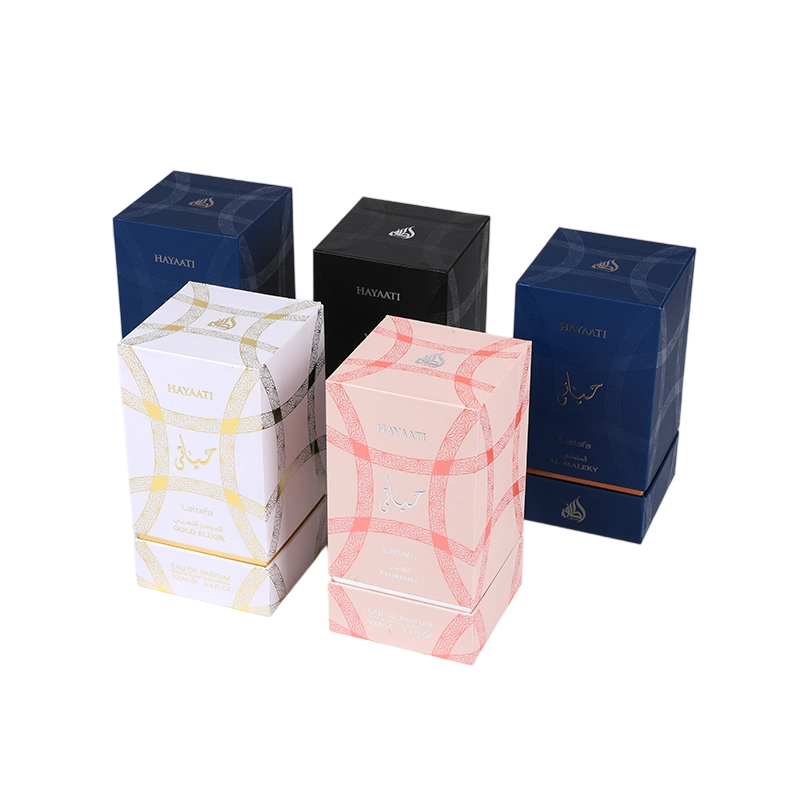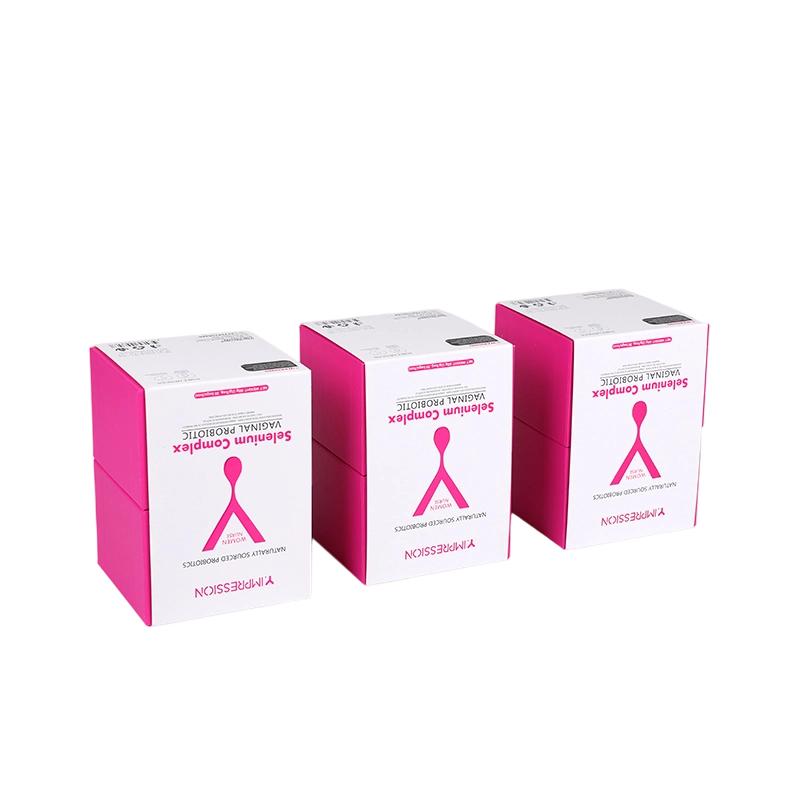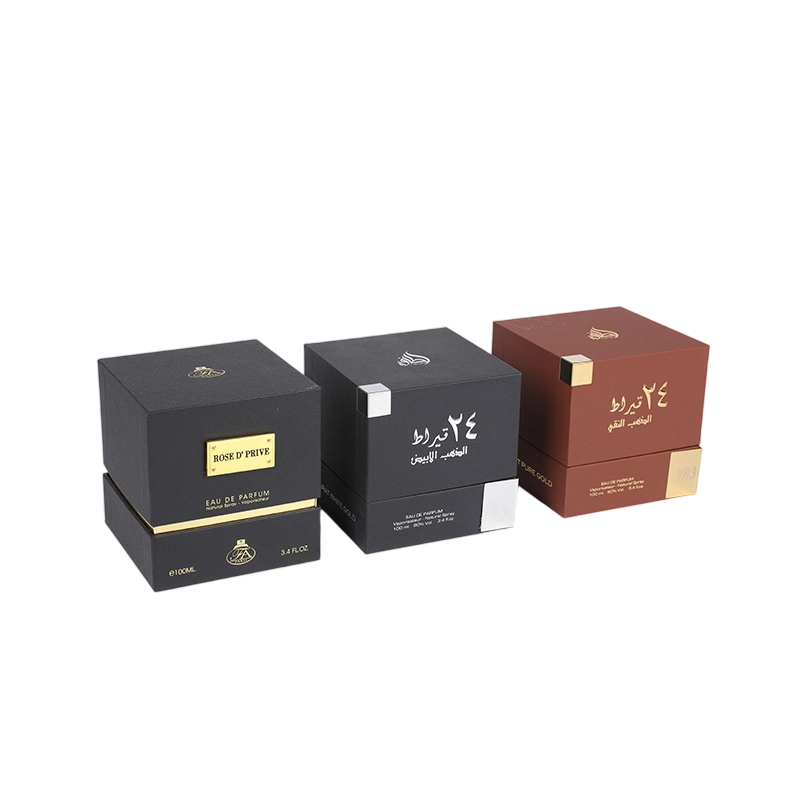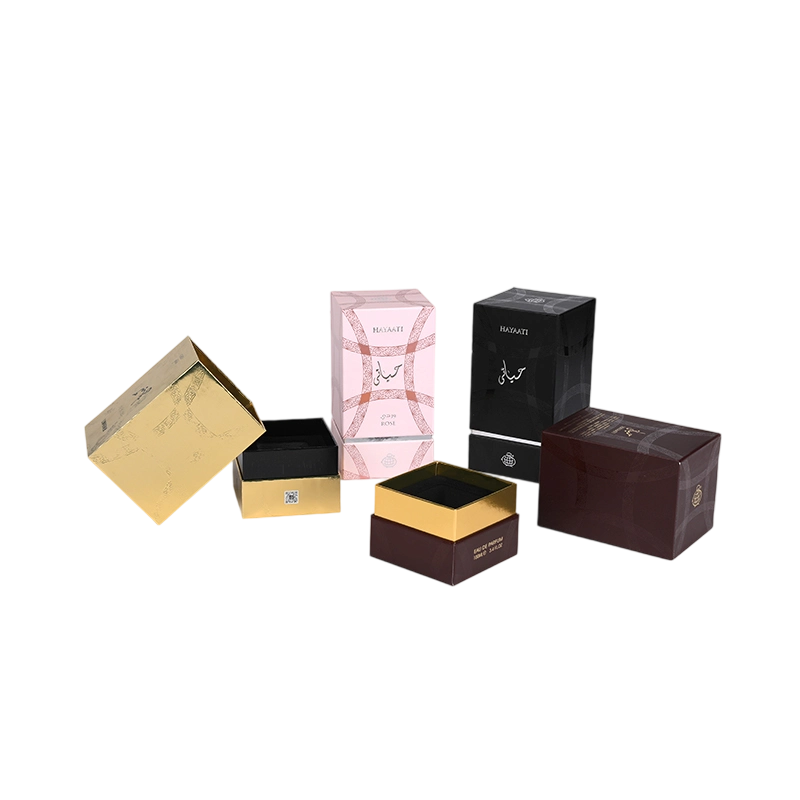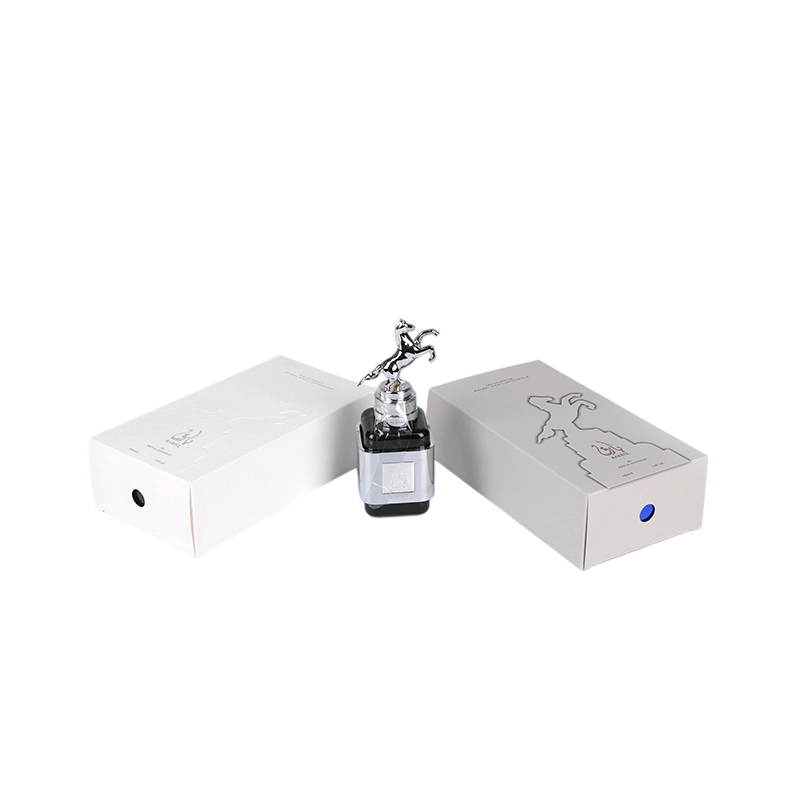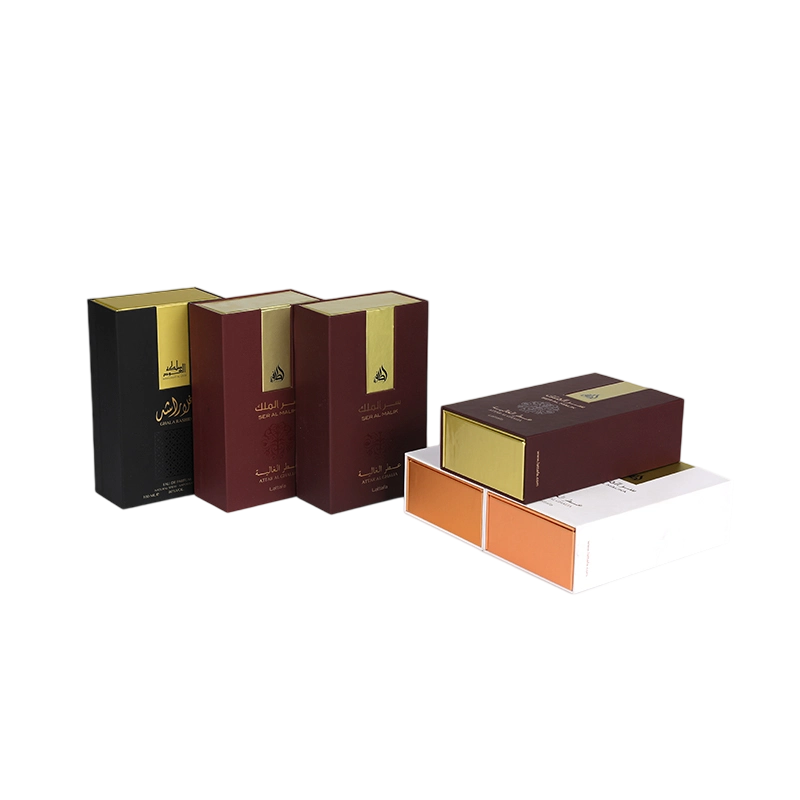When designing a Paper Tuck End Box, both functionality and aesthetics play crucial roles in ensuring the packaging meets its intended purpose while appealing to consumers.
The design must ensure that the box can adequately support the weight of the product without collapsing. Choosing the right thickness and type of paperboard is essential for strength and durability.
The design should facilitate easy assembly without requiring specialized tools or extensive labor. Consider incorporating pre-scored lines for easy folding and clear instructions for assembly if needed.
The box should be designed to protect the contents from damage, dust, moisture, and light. Features like reinforced corners or an inner liner can enhance protection.
The tuck end design should ensure a snug fit to prevent accidental opening during transport. It’s important to test the closure mechanism to ensure it holds securely.
The box should be tailored to fit the specific dimensions of the product. A well-fitted box reduces movement inside, minimizing the risk of damage, while also optimizing storage and shipping efficiency.
Consider how the end user will interact with the box. Easy opening mechanisms and intuitive design can enhance the consumer experience, making it more likely they will choose your product again.

The outer design should attract attention on shelves. Use vibrant colors, appealing graphics, and unique shapes that resonate with the target audience. The visual elements should reflect the brand identity and product category.
Incorporate branding elements such as logos, taglines, and color schemes that align with the overall brand image. Consistency in branding fosters recognition and trust among consumers.
Choose fonts and graphics that enhance readability and complement the overall design. Effective use of imagery can convey product benefits and create an emotional connection with consumers.
Consider the finish of the box—glossy, matte, or textured surfaces can influence perception. Textured finishes can add a tactile element, making the packaging feel more premium.
Many consumers prioritize eco-friendly products. Using recyclable or biodegradable materials not only contributes to aesthetics through natural textures but also aligns with sustainability values that attract modern consumers.
Aesthetic elements should also convey important information clearly, such as product details, usage instructions, and nutritional information. Striking a balance between visual appeal and functional communication is essential.
Ultimately, the challenge in designing a Paper Tuck End Box lies in balancing functionality and aesthetics. A well-designed box should not only protect and preserve the product but also engage and attract consumers. It’s crucial to prototype and test designs to ensure they meet both functional and aesthetic goals effectively. This iterative process can help identify potential issues early, allowing for adjustments that enhance both the utility and appeal of the packaging.
By carefully considering these aspects, designers can create Paper Tuck End Boxes that are not only practical and durable but also visually striking and appealing, contributing to a positive overall customer experience and enhancing brand loyalty.

 English
English 中文简体
中文简体 عربى
عربى

